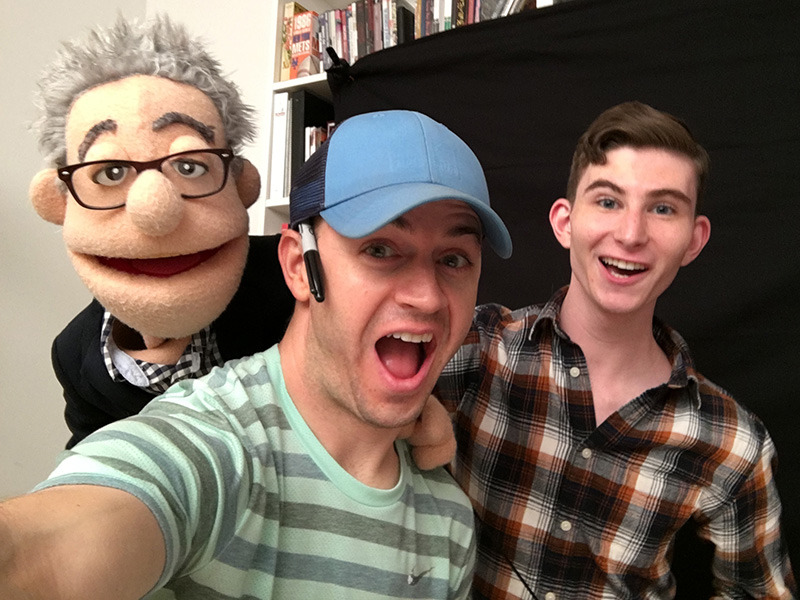The travel side of what I get to do is honestly worth the uncertainties and stress that are also part of this work.
A couple months ago a client hit me up about a shoot in south Florida scheduled for mid-January. When possible, I’ll head out a day earlier on my own dime to take in being in a new place or city. I’ve already been to Florida, but I’m not about to say “No” to a beach and a chance to find another decent coffee shop. Thank goodness West Palm Beach didn’t let me down.
It’s still slow season at the moment and every dollar counts, so I booked a cheap room for the night, got a rental car for less than it would have cost to pay for a ride share or taxi, and ate dinner at the United Club during a layover.
It's worth the effort to commit to one airline and take advantage of the perks. Years ago a DP buddy of mine got me hooked on United Airlines and I’ve not looked back. At this point, I'm not flying enough to get club membership via elite status, so I pay roughly $450/year in membership fees for a United MileagePlus Club Visa card. It gets me Premiere status with easier check-ins, earlier boarding, and two free checked bags on each flight, as well as United Club access. The two free checked bags perk alone helps me save a crazy amount of money considering all the gear I travel with and more than covers that yearly membership fee. There are other perks too, but those are the main ones keeping me a loyal United customer.
I found a solid coffee shop in downtown West Palm Beach and after breakfast, I walked up and down the beach until my parking meter ran out. Before meeting the rest of the crew, I picked up some gear I’d rented from Lensrentals and had shipped to a local FedEx branch.
We scouted the first location that afternoon before heading back to the hotel for the night. I’ll typically have my Canon 5Dmk3 with me on scouts along with my iPhone. For sure I’d rather scout the location during the same time of day before the scheduled shoot, but that wasn’t an option. The Sun Seeker app let me know where the sun would be during our shoot and Artemis helped me make some shot choices by being able to plug in my camera, resolution, and lens choices.
The shoot itself went well the next day. The creative agency, Signal Factory, hired me out with my RED Weapon Helium package and CP.2 lens set. We used their Oconnor 1030Ds fluid head and sticks plus their Dana Dolly. For the Dana Dolly, Signal flew out with their setup and we bought two 10’ pipes from Home Depot near the location. They’d also rented some additional grip & electric but we didn’t end up using it – pretty bummed we didn’t even turn on the ARRI Sky Panels.
Signal Factory had also hired a couple local photogs to shoot stills and drone footage so we had to coordinate on set as needed. The client nixed the second location and we were able to get all we needed at the first.
We dumped footage back at the hotel, cleaned up, and went out for dinner. Our flights were stupid early the next morning, so it wasn’t going to be much of a late night.
One thing I plan to look into this year to try and make my life easier in airports is TSA PreCheck. In addition to my checked bags, I travel with two carry-ons: a larger backpack (personal items, 13" MacBook Pro, and iPad) and a roller bag for my "must-have" camera gear (camera bodies and lenses). I always carry on my main camera gear just in case a checked bag gets lost. Clients are spending good money on me and my travel expenses, so it does them no good for me to show up to a travel job without my gear – it's happened before.
TSA typically freaks out at having to check all my gear during security screenings. There have been more security measure updates recently and when I was leaving Oklahoma City, the TSA agents took out all my camera gear, batteries, and iPad to X-ray again without giving me a heads up. I understand their purpose is our safety, but experience has taught me they seem to have more to think about than how to properly handle camera gear. TSA PreCheck is something like $85, lasts five years, and because they've already done a background check, it helps get you through security much quicker. Their website mentions that “In December 2017, 93% of TSA PreCheck passengers waited less than 5 min.”





























